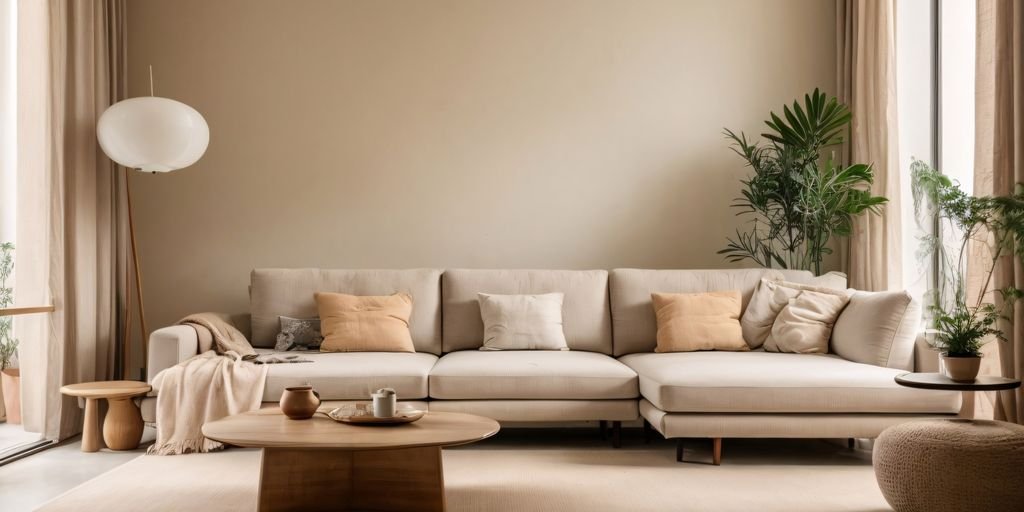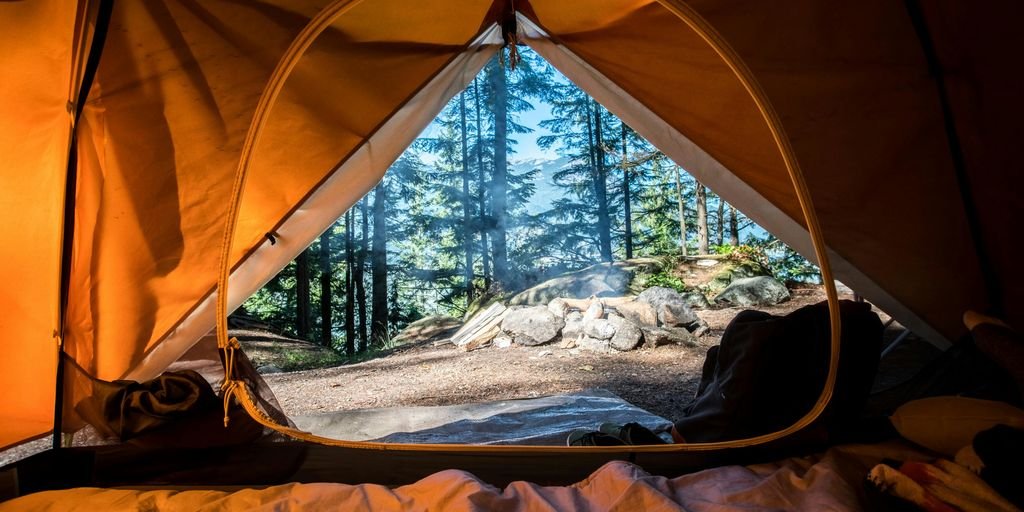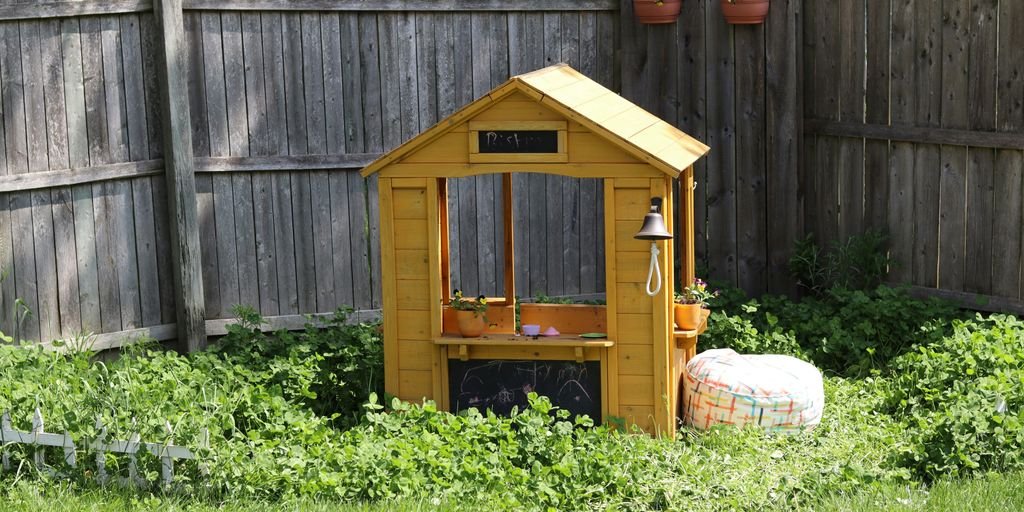Creating the perfect outdoor living space can transform your backyard into a serene retreat or an entertainment hub for family and friends. From selecting the right furniture to incorporating lighting solutions, there are several elements to consider to make your outdoor area both functional and aesthetically pleasing. Use these tips and tricks to maximize your creative instincts and design a fantastic outdoor living area in time for summer.
Key Takeaways
- Choose durable and comfortable furniture to ensure longevity and enjoyment.
- Incorporate various lighting solutions to enhance ambiance and safety.
- Define spaces using borders, levels, and greenery to create a cohesive design.
- Add functional elements like cooking areas, fire pits, and entertainment zones to increase usability.
- Select weather-resistant decor and add personal touches to make the space inviting and unique.
Selecting the Right Furniture

Choosing Durable Materials
Selecting furniture made from durable materials is crucial for an outdoor living space. Opt for weather-resistant materials like teak, aluminum, or resin wicker to ensure longevity. These materials can withstand various weather conditions and require minimal maintenance.
Balancing Comfort and Style
When choosing outdoor furniture, it’s essential to balance comfort and style. Look for pieces that offer plush cushions and ergonomic designs. Additionally, consider the aesthetic appeal by selecting colors and patterns that complement your outdoor decor.
Arranging for Functionality
Arrange your furniture to maximize functionality. Create distinct zones for dining, relaxing, and entertaining. Use small, movable tables for cocktails and snacks, and consider multi-functional pieces like benches with storage or tables that double as containers. This approach ensures that your outdoor space is both practical and inviting.
Remember, the right furniture can transform your outdoor area into a comfortable and stylish extension of your home.
Incorporating Lighting Solutions

Using Ambient Lighting
Creating a layered lighting scheme with multiple light sources in various areas and at different heights is essential. This approach helps create ambience while ensuring there’s ample practical lighting for various activities, be it alfresco feasts or relaxing with a drink and a good book. Adding an ambient glow to your outdoor space can be achieved with string lights, lanterns, and hanging pendants.
Highlighting Key Features
Illuminate outdoor cooking areas to allow more meal prep to be done outside. Create visual interest and expand the feel of the space by up-lighting trees or fencing farther out in the yard. You can also use uplighters, floor lamps, and lanterns to brighten up darker corners and highlight certain elements such as your favorite plants, furniture, and ornaments.
Ensuring Safety
For safety, add decorative lighting to brighten steps and pathways. This not only ensures safe navigation but also adds a decorative element to your outdoor space. Festoon lights or an outdoor chandelier can be hung to add brightness from above, lighting the space with good, general light. Supplement this with other lighting options to ensure all areas are well-lit and safe.
Lighting can be a tricky fitting to get right, but so long as you don’t go over the top and keep things natural, you’ll be well on your way to creating the perfect outdoor living room.
Creating Defined Spaces

Using Borders and Levels
Breaking up the space with levels and well-defined boundaries is a great way to add some design and character to your garden. You can achieve this by building steps and stone walls or using greenery such as hedges and tall, airy plants to segment the garden. Clearly defined spaces can create that ‘extra room’ feel.
Incorporating Greenery
Incorporating greenery is an effective way to define different areas within your outdoor space. Use planters or flower beds to separate zones, or strategically place furniture to create distinct areas. Greenery not only adds to the aesthetic appeal but also provides a natural boundary.
Establishing Traffic Patterns
Establishing clear traffic patterns is essential for functionality. Use pathways, stepping stones, or different textures like gravel and decking to guide movement through the space. This ensures that each area is easily accessible and maintains a logical flow.
Creating defined spaces in your outdoor area can transform it into a series of functional and aesthetically pleasing zones. Whether through the use of borders, greenery, or traffic patterns, each element plays a crucial role in the overall design.
Adding Functional Elements

Creating a beautiful and functional outdoor living space involves adding elements that enhance both usability and aesthetics. Here are some tips to help you incorporate functional elements into your outdoor area effectively.
Choosing Appropriate Decor

Selecting Weather-Resistant Pieces
When selecting decor for your outdoor living space, it’s crucial to choose items that can withstand the elements. Opt for weather-resistant materials such as treated wood, metal, or high-quality plastic. This ensures longevity and reduces the need for frequent replacements.
Adding Personal Touches
Personalize your outdoor area by incorporating unique elements that reflect your style. Consider adding colorful throw cushions, outdoor rugs, or small statues. These items can bring a touch of your interior decor outside, creating a cohesive look.
Using Color and Texture
Experiment with different colors and textures to add depth and interest to your outdoor space. You can match the cushions to nearby flowers or opt for an eclectic mix of hues. Using a variety of textures like woven fabrics, smooth metals, and rustic wood can make the space more inviting.
Remember, the key to a perfect outdoor living space is balancing aesthetics with functionality. Choose decor that not only looks good but also serves a purpose.
Maintaining Your Outdoor Space

Regular Cleaning and Upkeep
An outdoor living space is like any other part of your home, and it will require some upkeep. How much maintenance do you want to do? Try to ask yourself and answer honestly: How much work do I want to do after the outdoor space is finished? If you can’t imagine yourself weeding and watering, maybe skip the elaborate garden.
Protecting Against Weather
Your city or homeowner’s association could have specific rules that dictate what you can and cannot do in your outdoor space. Make sure to check these rules to avoid any issues. Additionally, consider using weather-resistant materials and covers to protect your furniture and decor from the elements.
Seasonal Adjustments
Maintaining your outdoor space also means making seasonal adjustments. This could include:
- Bringing in plants that won’t survive the winter
- Adding or removing shade elements depending on the season
- Adjusting your lighting to accommodate shorter or longer days
Remember, the key to a perfect outdoor living space is regular maintenance and seasonal adjustments to keep it looking its best all year round.
Maximizing Comfort

Creating a comfortable outdoor living space is essential for enjoying your time outside. Here are some tips to help you maximize comfort in your outdoor area.
Providing Shade Options
To ensure your outdoor space is usable throughout the day, consider incorporating various shade options. Install fans or heaters or fire pits to make your space more comfortable. Options include:
- Solar shades
- Outdoor curtains
- Tall plants and trees
Using Comfortable Seating
Investing in comfortable seating is crucial. Find a long table and benches to encourage lingering meals. Upholstered seating and hanging textiles can provide acoustic solutions and enhance comfort.
Incorporating Soft Furnishings
There’s no better way to make your outdoor space feel like part of your home than by making it just as snug. This means investing in those finishing touches, such as soft blankets and throws, large outdoor floor cushions, and a cozy all-weather rug underfoot. These elements can transform a drab and cold space into a warm and welcoming area.
Anticipate needs as you would indoors—blankets, candles, and lighting for when the sun goes down and the bugs come out, plenty of table space to keep drinks within reach, and decorative accents for warmth and ambiance.
Conclusion
Creating the perfect outdoor living space is a rewarding endeavor that allows you to extend the comfort and style of your home into the great outdoors. By following the tips and tricks outlined in this article, you can design a space that is both functional and aesthetically pleasing. From selecting complementary furniture and incorporating warm lighting to defining areas with borders and levels, these strategies will help you make the most of your outdoor area. Remember, the ideal outdoor living space is ultimately a reflection of your personal taste and creativity. With thoughtful planning and a bit of inspiration, you can transform your garden into a beautiful and inviting retreat just in time for summer.
Frequently Asked Questions
What are the best materials for outdoor furniture?
The best materials for outdoor furniture are typically weather-resistant options such as teak, aluminum, and resin wicker. These materials are durable and can withstand various weather conditions.
How can I ensure my outdoor space is comfortable?
To ensure comfort in your outdoor space, provide shade options, use comfortable seating, and incorporate soft furnishings like cushions and throws.
What types of lighting should I use for my outdoor living space?
Use a combination of ambient lighting for general illumination, task lighting for specific activities, and accent lighting to highlight key features and ensure safety.
How do I create defined spaces in my outdoor area?
You can create defined spaces by using borders and levels, incorporating greenery, and establishing clear traffic patterns to guide movement.
What are some functional elements to include in an outdoor living space?
Consider including cooking areas, fire pits, and entertainment zones to make your outdoor space more functional and enjoyable.
How can I maintain my outdoor living space?
Regular cleaning and upkeep, protecting against weather, and making seasonal adjustments are key to maintaining your outdoor living space.



